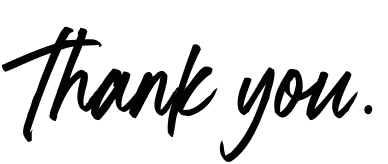
Relationships matter
Along
Along helps teachers and students make connections that lead to better conversations and thriving classrooms.
A 2023 look back on eight years of education technology development and grantmaking to help students and educators thrive.

A 2023 look back on eight years of education technology development and grantmaking to help students and educators thrive.
Great schools take a whole child approach to education. They recognize that learning is sparked by curiosity and fueled by trusted relationships. They create a culture that recognizes that the well-being of teachers and students is instrumental to an effective learning environment. And they are relentless in making sure that each student develops the knowledge, skills, habits and confidence to succeed.
Over the past eight years, CZI has made grants to help teachers and school leaders across the country reimagine education. We’ve also engaged educators and students to co-build research-based tools that make it easier for teachers to support overall student success. Through our unique approach that combines grantmaking with technology building, we are helping educators unlock the full potential of every student, no matter who they are or where they live in the United States.

Dear friends,
In 2015, Mark and I wrote a letter to our newborn daughter, Max, that said, “For your generation to live in a better world, there is so much more our generation can do.” We both understood the power of education to change the trajectory of a child’s life, and so, when we launched CZI, we centered our work on helping every child get an education that prepares them to reach their full potential, no matter who they are or where they live.
Today, CZI’s education work is at an important inflection point.
CZI brings together educators and researchers into our product development to build tools that address the toughest challenges in the classroom. Education technology is most successful when it supports research-based classroom practices and teachers are engaged as co-creators. That’s why we start with what learning science tells us about how kids learn best and work with teachers at every stage of development, including product design, piloting and ongoing feedback from users. We also engage and incorporate input from youth — as well as learning experts at organizations that offer diverse perspectives on education — to ensure our tools can help educators across the country enhance learning and strengthen bonds between teachers and students.
In partnership with educators at Gradient Learning and researchers in the science of learning and human development, we design learning experiences and tools — such as Summit Learning and Along — to help teachers connect with students and tailor learning experiences to individual student needs.

Relationships matter
Along helps teachers and students make connections that lead to better conversations and thriving classrooms.
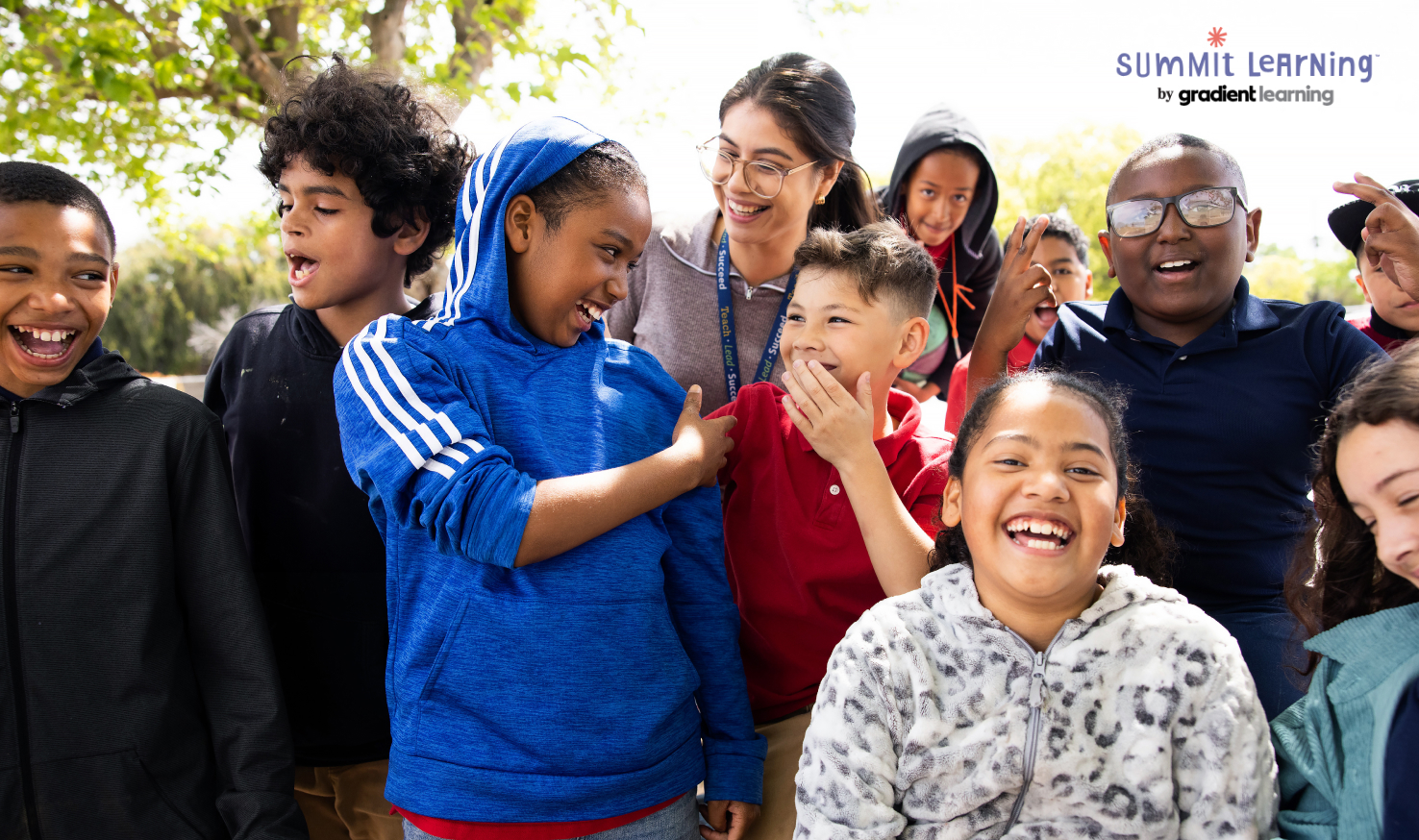
Learners for life
Summit Learning gives teachers the curriculum, resources and support to differentiate instruction and meet the needs of every student.
Since its inception, CZI has focused on building up research on learning and human development, and translating the findings into classroom practice. Our investments catalyzed new tools, classroom practices and measures designed to foster whole child outcomes. Thanks to the work of our partners, these tools and resources now reach more than 5 million students.40
The organizations included in this report are a selection of the grants made over the past eight years (a full list is available in our grants database). They spotlight exciting progress toward an equitable whole child approach to education that gives every student exactly what they need to succeed inside the classroom and beyond. The categories below reflect key approaches to impact.
View Partners:
View Partners:
Our partners work to distill and share new or untapped research and teaching practices with educators so they can put them to use in the classroom.
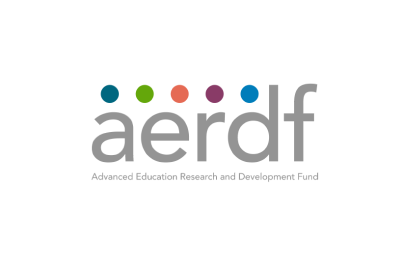
Elevating Underutilized High-Quality Research & Resources
The Advanced Education Research and Development Fund (AERDF) launched three research and development efforts to transform the trajectory for Black and Latino students, and students experiencing poverty across the nation.
AERDF is a national nonprofit research and development organization launched in 2021 that discovers breakthrough scientific inventions in pre-kindergarten through 12th grade education to transform the learning trajectory for Black and Latino students and students experiencing poverty across the nation. AERDF’s ambitious three-to-five-year programs address major teaching and learning challenges. Their programs build on existing community-driven evidence and expertise, as well as learning science, to translate fundamental insights into usable knowledge, useful practices, equitable approaches and transformative tools for education practitioners and students. Since AERDF’s launch, its programs — currently focused on math, formative assessment and reading — have been piloted with more than 20,000 students.55
Learn More (Opens in a new window)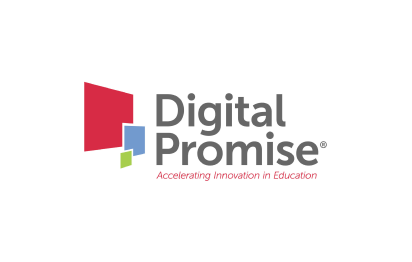
Elevating Underutilized High-Quality Research & Resources
Digital Promise developed the Learner Variability Navigator (LVN), a free tool that connects educators and edtech product developers with research-based strategies. The LVN reaches about 12,000 unique monthly users directly, and many more indirectly.56
Digital Promise works to advance equitable education systems by bringing together solutions across research, practice, and technology. The free LVN connects educators and edtech product developers with research-based strategies that support the whole learner so that they can better meet each student’s unique needs. The LVN reaches users directly and indirectly, through partnerships with over 50 education technology products that have integrated LVN content into their platforms; eight professional development partnerships with school districts and teacher organizations; and through awarding more than 100,000 continuing education certificates to teachers.57 This work also includes the Individualized Education Program (IEP) Project, with a teacher-produced guide to support the development of strengths-based, whole child IEPs based on LVN’s factors and strategies.
Learn More (Opens in a new window)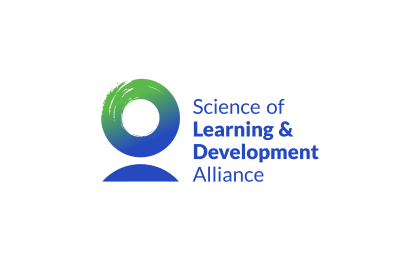
Elevating Underutilized High-Quality Research & Resources
The Science of Learning and Development Alliance published three papers and developed a school design framework. These resources are being used to change practice and policy at the national level, and have received more than 1.2 million views and nearly 800 citations.58
The Science of Learning and Development Alliance brings together leaders across research, practice, and policy to elevate what we know about how young people learn and grow, to transform our education and youth development systems.
Learn More (Opens in a new window)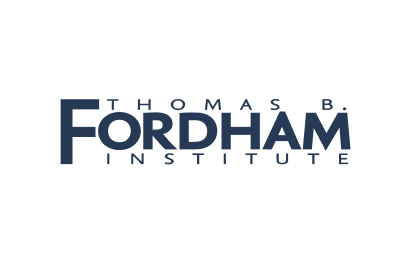
Elevating Underutilized High-Quality Research & Resources
The Fordham Institute and Democrats for Education Reform convened the Building Bridges Initiative and published “A Generation at Risk: A Call to Action,” which was endorsed by nearly 200 education leaders across the political spectrum.59
The COVID-19 pandemic had a profound impact on student achievement and well-being, especially for students of color, students from low-income backgrounds and students with disabilities. The Building Bridges Initiative brought together an ideologically diverse group of education leaders to identify strategies to address the immediate needs of today’s students, while building a more responsive educational system for the future. Guided by research about what’s working in communities across the country, the consensus report bridged ideological differences and elevated proven approaches to help all students reach their full potential.
Learn More (Opens in a new window)
Elevating Underutilized High-Quality Research & Resources
The Alliance for Excellent Education’s (All4Ed) Future Ready Schools (FRS) network identified 85 successful strategies for student-centered instruction and published practitioner-developed implementation guides with research-grounded strategies, guiding questions and innovative approaches.60
All4Ed works to expand equitable policies and practices and support all students, especially those from historically underserved communities, focusing on innovation and excellence. All4Ed’s FRS network partnered with Columbia University’s National Center for Restructuring Education, Schools & Teaching to develop practitioner-developed implementation guides aligned with the FRS Planning Framework, and provide educators with access to research-grounded strategies, guiding questions and innovative approaches. These guides were instrumental during the transition to remote learning amid the pandemic and will underpin the new FRS Research to Practice Innovation Center. This center will further advance emerging technologies and practices within the FRS network — representing over 3,400 district superintendents, thousands of teachers, school librarians/media specialists, tech directors, principals and district administrators across the U.S.61
Learn More (Opens in a new window)Our partners are incorporating whole child principles into teaching standards and developing new ways to measure student and school success that center local priorities.
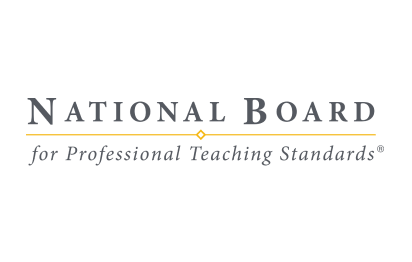
Shifting Standards & Measures of Success
The National Board is revising its standards to incorporate new findings from the science of learning and human development, helping more teachers than ever with knowledge and teaching practices that improve student outcomes.
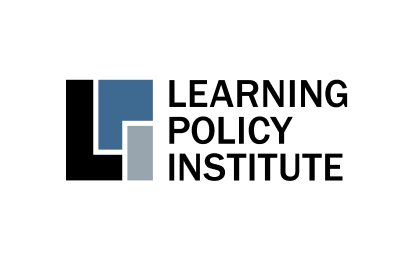
Shifting Standards & Measures of Success
The Learning Policy Institute (LPI) created a Whole Child Policy Toolkit, which is now being used by states to advance whole child policies in four states.68
LPI provides high-quality research to advance education policy and practice. LPI’s Whole Child Policy Toolkit is an interactive website designed to provide state policymakers and education leaders with easy access to strategies, tools and resources to advance whole child policy and systems change. Following the release of the toolkit, LPI and its partners provided direct support to states working to implement toolkit recommendations to advance whole child policy in California, New Mexico, Maine and Washington state.
Learn More (Opens in a new window)
Shifting Standards & Measures of Success
Future Focused Education (FFE) supports local education agencies across New Mexico to build new high school graduation pathways grounded in the unique needs of their communities and workforce.
FFE is working to create healthier and more prosperous communities by advancing the best education for the students who need it the most. FFE is building new high school graduation pathways through capstone projects and graduate profiles. FFE now supports 27 local education agencies across New Mexico and expects for that number to grow in the next year.69
Learn More (Opens in a new window)
Shifting Standards & Measures of Success
The Cajon Valley Union School District is refining and implementing its community-based career-development model World of Work in 27 schools, and assessing the impact on students’ academics and aspirations for the future.70
The district is also engaging families in designing activities that build on students’ interests and skills, and developing strategies to measure impacts on student learning, school climate and sense of purpose.
Learn More (Opens in a new window)
Shifting Standards & Measures of Success
University of California (UC), Irvine built new tools and dashboards to help Anaheim Union High School District educators measure student progress in skills such as critical thinking, collaboration and communication.
UC Irvine supports Anaheim Union High School District to measure the impact of the school district’s Career Preparedness Systems Framework. By leveraging new tools and dashboards built by university researchers, educators across the district are now able to see student growth in both academics and life skills. The district measures progress in 21st-century skills such as critical thinking, collaboration and communication, while also fostering youth voice and technical skills. Since implementing this model, the district has seen an increase in student graduation rates, improvements in college readiness and career to technical education pathways, and more.71
Learn More (Opens in a new window)
Shifting Standards & Measures of Success
BARR (Building Assets, Reducing Risks) is a school improvement model focused on strong teacher-student relationships, which multiple research studies show to positively and significantly improve student learning.72
BARR is conducting research to better understand the barriers preventing schools from adopting transformational programs, which have been shown by large bodies of research to have a positive impact on students.
Learn More (Opens in a new window)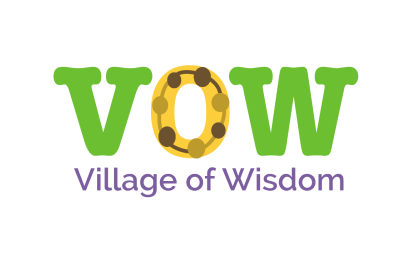
Shifting Standards & Measures of Success
Village of Wisdom (VOW) works with teachers in Durham, North Carolina, to give them the tools and resources they need to create learning environments that help students of color thrive.
VOW supports family organizing and advocacy groups that are working to eliminate racial injustice in schools. VOW developed tools and resources to help create ideal learning environments for Black and Brown learners. Designed with Black parents and teachers, these resources support teachers and parents in providing culturally affirming instruction. VOW has worked with 180 teachers and reached approximately 1,600 students in Durham.73
Learn More (Opens in a new window)
Shifting Standards & Measures of Success
In partnership with University of Massachusetts, Amherst, the Center for Collaborative Education (CCE) is engaging local communities to determine measures that matter for student success in 13 Massachusetts schools that serve approximately 10,000 students.74
CCE partners with schools, districts and communities to increase educational equity and ensure that students succeed and communities thrive. CCE created a process to engage local communities in determining the measures that matter for student success.
Learn More (Opens in a new window)High-quality education research and new approaches to learning are most impactful when they are guided by the expertise of educators, students, parents and caregivers closest to schools.
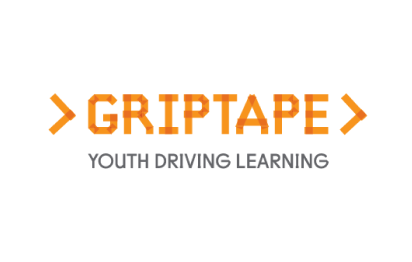
Co-Designing for Impact With Educators, Students and Community
GripTape supports more than 1,000 students each year in pursuing unique learning experiences for their individual interest or passion.82 GripTape provides guidance for designing a custom 10-week learning experience, resources to pursue this learning and an adult mentor to support them.
GripTape partnered with Cornell University to research these experiences, with the research showing that youth improve in areas that are critical to development and well-being: environmental mastery and sense of control over their responsibilities; the autonomy to act against social pressures and shape their environments; and a sense of self-acceptance. Youth also improve their self-esteem and “pathways of hope” — that is, they’re better able to envision alternative directions forward through stress. Maybe most importantly, the youth-driven experiences help their sense of purpose improve significantly, and an increase in purpose is linked to many other facets of well-being.83
Learn More (Opens in a new window)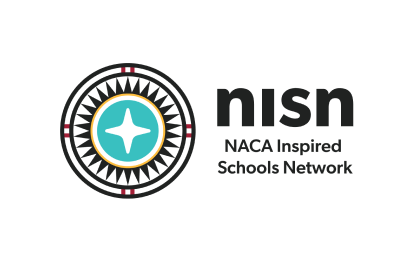
Co-Designing for Impact With Educators, Students and Community
The NACA Inspired Schools Network (NISN) supports the development of more than 1,200 students across twelve schools grounded in Indigenous education, which serve students from early childhood to adulthood so that they are academically prepared, secure in their identity and healthy.84
More than 60 nations are represented among the student body, including Navajo, Pueblo, Ute Mountain Ute, Red Lake Band of Chippewa and Sicangu Lakota — to name a few. CZI’s grant is helping NISN to understand the connection between land-based healing and learning practices on student learning.
Learn More (Opens in a new window)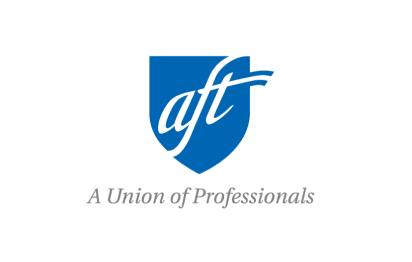
Co-Designing for Impact With Educators, Students and Community
The American Federation of Teachers (AFT) redesigned its professional development to incorporate the science of learning and development.
The AFT is a 1.7-million member union of professionals that champions high-quality public education for students, families and communities. The AFT redesigned its professional learning coursework for new teachers to incorporate the science of learning and development, and disseminated it to 15 states and more than 100 classrooms. In addition, the AFT improved educator well-being in six states through research-based professional development and created a unique, educator-generated measure for nationwide educator workforce well-being assessment.85
Learn More (Opens in a new window)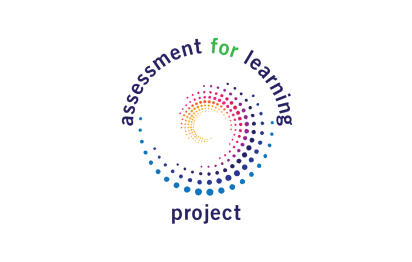
Co-Designing for Impact With Educators, Students and Community
The Assessment for Learning Project (ALP) at the Center for Innovation in Education (C!E) partners with states to engage teachers, students, families and communities in the co-design of state accountability and assessments.
The ALP, an initiative led by C!E, is dedicated to rethinking the role of assessments to foster student learning, agency and equity. The ALP expanded its membership and built a larger movement to change teacher practice and assessment, and accountability systems. ALP insights also support C!E’s work with a number of states in its Interstate Learning Community as they seek to engage inclusive groups of teachers, students, families and community members in the co-design of state accountability and assessment. States include Kentucky, New Mexico, Georgia, Colorado, New Hampshire and Wyoming.86
Learn More (Opens in a new window)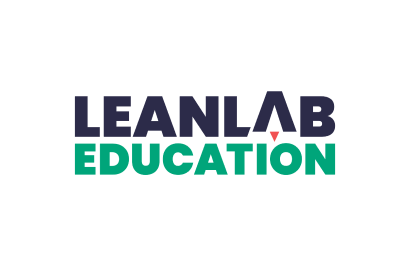
Co-Designing for Impact With Educators, Students and Community
Leanlab has partnered with 35 edtech companies, 421 educators, and more than 28,000 students to improve edtech nationwide — with co-designed products ultimately reaching more than four million students.87
Leanlab is a nonprofit research organization with a mission to study and grow transformational education innovations that have been co-designed with school communities. Leanlab has evolved from educator trainer and edtech accelerator to an organization that helps edtech companies build better evidence-based products through educator and student co-design research experiences. Leanlab Education is a core partner to CZI and Gradient Learning on the development of new edtech products such as Along — helping teams obtain feedback from educators so that tech solutions are solving the real challenges faced in their classrooms.
Learn More (Opens in a new window)Recruiting high-quality teachers, supporting their well-being and investing in their development improves school environments, increases teacher retention and supports better outcomes for all students.
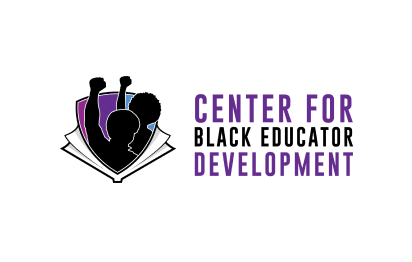
Investing in Educators
The Center for Black Educator Development supports the recruitment, development and retention of educators of color.
The Center is working to dramatically increase the number of Black educators so that low-income Black and other disenfranchised students can reap the full benefits of a quality public education. In a field where only 2% of teachers are Black men,98 The Center is a national resource and voice for the recruitment, development and retention of educators of color. The Center has served over 9,400 scholars, teacher apprentices, high school teaching academy students, college students, in-service educators and administrators since 2019, and between 1,500 and 2,000 annually.99
Learn More (Opens in a new window)
Investing in Educators
Branch Alliance for Educator Diversity (BranchED) supported the work of 170 educator preparation providers at Minority Serving Institutions across 38 states to transform their educator preparation programs and produce high-quality teachers.100
BranchED engaged multiple educator preparation programs and initiated new partnerships with K-12 school districts. BranchED’s National Teacher Preparation Transformation Center celebrated the completion of its second cohort and welcomed its fifth cohort of Minority Serving Institutions’ educator preparation programs into a three-year performance-based coaching journey.
Learn More (Opens in a new window)
Investing in Educators
In 2021, the Beyond100K network successfully exceeded its first goal of preparing 100,000 new science, technology, engineering, and math (STEM) teachers.101
Beyond100K unites leading STEM organizations in collaborative problem-solving and knowledge exchange to co-create and implement solutions that will end the STEM teacher shortage by 2043. Beyond100K is working with a national network of more than 130 partners to prepare 150,000 and retain 150,000 excellent STEM teachers who increasingly represent the diversity of our nation’s classrooms and who commit to cultivating classrooms of belonging — beginning in schools in Black, Latinx and Native American communities over the next decade.
Learn More (Opens in a new window)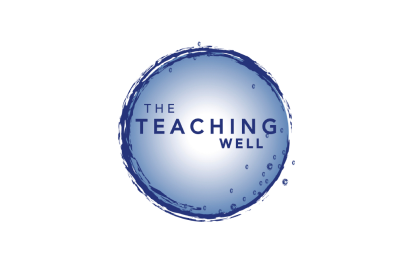
Investing in Educators
The Teaching Well provides coaching and professional development to teachers, and school and district administrators.
The Teaching Well supports educators by fostering adult wellness at the personal, interpersonal and systemic levels. The Teaching Well has provided coaching and professional development to 910 teachers and 115 school/district administrators, and held five statewide racial healing affinity groups in California serving 55 educators.102
Learn More (Opens in a new window)
Investing in Educators
AASA provided guidance to school districts about the effective and equitable use of federal pandemic relief funding.103 More than 8,000 school district leaders accessed resources to maximize the impact of their recovery and redesign efforts.104
The American Rescue Plan Act provided more than $120 billion to reopen schools and address the impacts of the pandemic.105 In collaboration with EducationCounsel and other partners, AASA developed high-quality tools to help school districts take a whole child approach to supporting students. For example, one resource helped school district leaders effectively leverage new federal funding to meet the needs of students experiencing homelessness and housing instability.106
Learn More (Opens in a new window)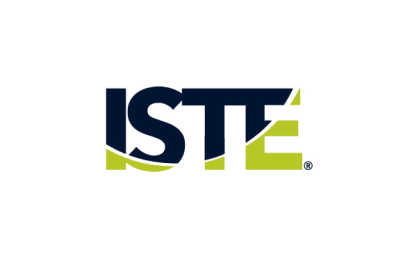
Investing in Educators
ISTE Course of Mind helps educators better understand how to apply learning science practices and strategies in their classrooms.
ISTE is a professional organization for educators who believe in the power of technology to transform teaching and learning. The ISTE Course of Mind helps thousands of educators better understand how to apply learning science practices and strategies in their classrooms, and trains leaders and decision-makers to use learning science principles and evidence of impact to evaluate edtech products.107
Learn More (Opens in a new window)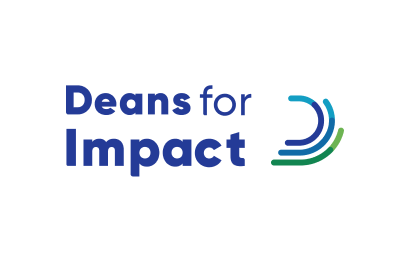
Investing in Educators
Deans for Impact redesigned teacher preparation coursework, incorporating the science of learning and development into curriculum and extensive training, and launched the inaugural Learning by Scientific Design Network.
Deans for Impact works to ensure that every child is taught by a well-prepared teacher by working with leaders, teacher-educators and policymakers to improve educator preparation. Deans for Impact launched the inaugural cohort of the Learning by Scientific Design Network with six teacher preparation programs. The network programs, which collectively enroll 3,700 teacher-candidates, incorporated the science of learning and development into curriculum and clinical experiences through extensive training with nearly 100 teacher-educators and mentors. As a result, candidates who experienced the fully redesigned coursework were more prepared to make equitable instructional decisions, scoring 18 points higher on an assessment of knowledge and application of cognitive science principles.108
Learn More (Opens in a new window)Easy-to-use tech tools grounded in the science of learning and development are helping educators and care-givers support whole child outcomes.

Leveraging Technology
A well-being app developed by Healthy Minds Innovations (HMI) for teachers reduced measures of depression and anxiety by more than 10% and improved well-being by 25% at a five-month follow-up.
HMI, a nonprofit technology arm of the Center for Healthy Minds at the University of Wisconsin-Madison, is driven by a mission to translate science into tools to measure and cultivate well-being. HMI pursued the development of two projects: one focused on validating mobile measures of well-being for adolescents, and one focused on a lightweight and impactful well-being intervention for teachers. In the project on the development and validation of mobile measures of well-being, the team created ways to measure core components of youth well-being — including awareness, connection, insight and purpose. Findings from their studies will be published and shared with the education field. HMI evaluated its well-being intervention for teachers in two school districts using a rigorous, randomized controlled design with dramatic results. Findings from the Wisconsin school districts have already been published and findings from the Jefferson County School District in Louisville, Kentucky, are anticipated in early 2024. The findings from both trials show reductions on measures of depression and anxiety greater than 10% and improvements on measures of well-being of 25%. Findings show that the benefits endure at three to six months post intervention.117
Learn More (Opens in a new window)
Leveraging Technology
The LEAP model that supports tailored learning experiences for each student has a positive impact on students’ math and reading scores.
LEAP Innovations believes tailoring learning experiences to the needs of each student can help them ignite their potential and that connecting personalized teaching practices coupled with educational technology is a strategy to achieve their vision. LEAP has partnered with 21 schools across Chicago, Illinois, to implement their framework and improve student learning. A 2019 study showed LEAP learners gained an additional 7 percentile points in reading and 12.9 percentile points in math, while students in the bottom third of their class gained an additional 17.3 percentile points in math and 10.5 in reading.118
Learn More (Opens in a new window)
Leveraging Technology
The Evidence to Insights (e2i) Coach partnered with the Center for Education Policy Research (CEPR) at Harvard University to make the free tool available to schools across the country — helping more than 50 educators with interventions to improve student outcomes.119
The e2i Coach by Mathematica is a free platform designed to help school and district leaders generate evidence to understand the impact of their programs, interventions and tech tools. Historically, the e2i Coach has supported schools and districts to conduct rapid cycle evaluations so they can understand the impact of their programs and investments, and ultimately make better decisions for students. The e2i Coach partnered with Proving Ground at the CEPR so that districts across the country could use the analytical tool to examine the impact of a variety of interventions on student outcomes.
Learn More (Opens in a new window)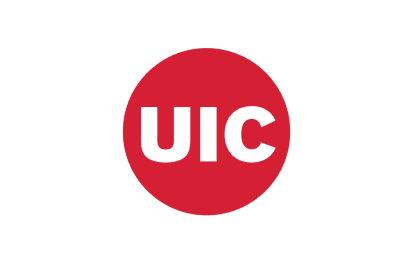
Leveraging Technology
The Learning Sciences Research Institute at the University of Illinois Chicago developed 74 scenario-based assessment tasks aligned to the Next Generation Science Standards for middle school students, which have been used by thousands of students across the United States.120
Science teachers can incorporate these technology-enabled exercises into their instruction to help students make sense of the natural world, understand engineering challenges and practice applying their scientific knowledge to solve real-world problems. The tasks and supporting resources for teachers are freely available through the Next Generation Science Assessment website.121
Learn More (Opens in a new window)
Leveraging Technology
LearnPlatform has helped districts, states and learning organizations serving more than 10 million students rapidly evaluate their edtech products’ usage and impact on student learning.122
LearnPlatform (recently acquired by Instructure) enables K-12 education institutions to improve teaching and learning outcomes with unique, evidence-based insights to make better operational, financial, product and instructional decisions that build safe, equitable and effective edtech ecosystems. LearnPlatform can validate tools to help districts rapidly evaluate their edtech products’ usage and impact on student learning. They can also support states to develop evidence-based procurement processes.
Learn More (Opens in a new window)
Our education investments have taught us a lot over the past eight years about the challenges teachers and students face. At the same time, the education field has shifted. Previously, a whole child approach in many schools focused primarily on managing student behavior. But today, the whole child approach in many schools has evolved to focus on fostering supportive environments that enable holistic student development — including the importance of relationships, belonging and emotional safety. This is an important step forward, and we are proud to have played a part — alongside a community of partners — in helping teachers center students’ well-being in support of academic achievement and success.
However, in our work and across the field, we’ve seen that even the most promising resources and practices still aren’t reaching enough classrooms. Sometimes, there is considerable investment in implementing a solution in a small number of schools or districts, but less attention to how what they’ve learned might be shared to support adoption elsewhere. In other cases, the products of academic research are too theoretical or time-consuming for educators — or even the edtech industry — to implement. What’s more, the decentralized nature of our education system makes widespread adoption of evidence-based practices challenging.
While these barriers are daunting, they are not insurmountable. We have learned from our partners and their experiences with thousands of schools across the country about how to better support educators.
These lessons are informing our work to develop products to make research-based teaching practices more accessible to all teachers and students. Previously, the bulk of our grantmaking focused on research to practice, where we sought to help partners translate research findings into classroom practices. Now our grants will take that work to the next stage and will support the development of research-based tools that can help accelerate progress. We think of it as research to product.
Our goal is to partner with educators, researchers and students to build tech-enabled tools that support the adoption of underutilized high-quality research and content — including projects CZI has supported over the past eight years. Our work will be driven by the challenges educators face in the classroom and co-built with teachers and students.
We know this approach can work because we have seen it in action. Along demonstrated the power of this collaborative model, and we believe it can be applied to other challenges facing educators. Initially, we will focus on areas we know well — such as whole child development, and student and teacher relationships. We are also exploring how to support other areas, including accelerated academic instruction and career readiness.
To do this, we will continue to partner with Gradient Learning, and schools participating in the Summit Learning program and using Along. Over time, we will incubate new ideas and explore new partnerships with others who value this work of translation from research to practice to tech products.
As a relatively new philanthropy, we come to this work with humility. We recognize that there are no easy answers for the challenges in education, and no single organization can transform our education system alone. That’s why we are committed to using our resources where we can make the greatest impact, to developing collaborative partnerships, to iterating and to sharing what we learn.
As this report has shown, progress toward a whole child approach to education is possible. We are grateful for the insights and feedback from grantees, supporters, fellow funders, educators and students over the past eight years. We will continue to stand in support of an education system that unlocks the full potential of every student, no matter who they are or where they live.
